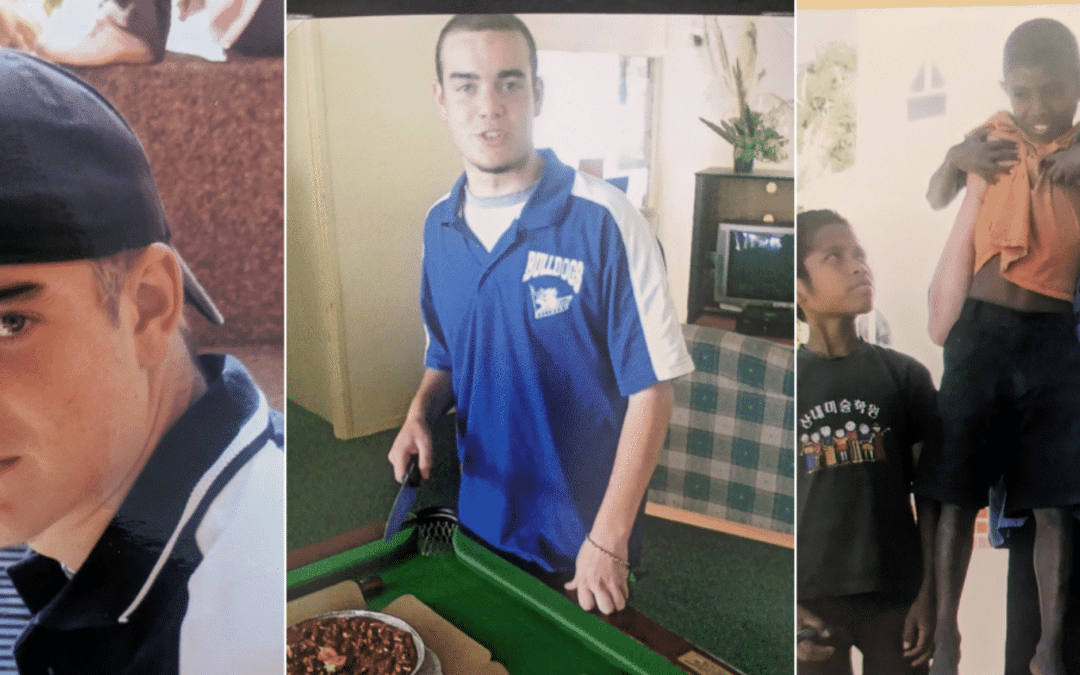Michelle Ackerman has worked across the youth, community and housing sectors for more than two decades.
She joined Youth Off The Streets in 2021, initially focusing on youth justice and youth engagement programs. Today, she oversees our homelessness and other services in her role as the Head of Youth Support Services.
We sat down with Michelle to learn more about young people who are currently experiencing homelessness and disadvantage, as well as the support systems that are available to them.
What are some of the most significant challenges faced by young people experiencing homelessness right now?
Access to affordable and safe housing is the greatest challenge to resolving homelessness experienced by unaccompanied children and young people. The current homelessness and housing framework leaves little opportunity to ensure that unaccompanied children and young people are at the centre of decision-making or policy design.
There are several issues with the current system but, over the last 10 years, state-based homelessness and housing strategies have focussed purely on adult populations, ignoring the growing numbers of unaccompanied children and young people experiencing homelessness.
Why do most young people leave home?
Our data suggests that young people are leaving home mainly due to domestic, family and sexual violence (DFSV) or family breakdown. Other reasons include aging out of out-of-home-care services, mental ill-health, alcohol and other drugs (AOD) misuse and overcrowding in shared housing. Within some cultural groups, having multiple generations living in one space is appropriate. However, young people are often sleeping on the couch.
What options do they have for accommodation?
Most homelessness services are focused on crisis responses, providing short-term crisis accommodation for up to three months. Unfortunately, due to demand, one in two children and young people are being turned away from crisis accommodation as there is no capacity to accept all referrals. Other options include transitional housing programs, NSW Housing rental assistance, the private market or returning to unsafe family situations.
But the latest Rental Affordability Snapshot revealed that zero properties across Australia are affordable enough for a young person relying on independent Youth Allowance or Newstart Allowance. The options are limited for young people, and the current programs can’t meet the demand.
What are the consequences for children and young people who can’t receive appropriate support?
Children and young people experiencing homelessness are pushed into independence at an earlier age than their peers, with the same cost-of-living pressures as adults but without the financial capacity to meet these costs. Our most vulnerable young people are forced to exist in ‘absolute poverty’, with the expectation that they will solve their experience of homelessness with their limited existing resources. The consequences of this reality are lasting. If young people can’t access appropriate support, they have no choice but to remain in, or return to, family or domestic violence situations. They may resort to criminal activity to survive, experience negative impacts on their mental health and wellbeing, disengage from education and employment due to housing insecurity and experience long-term, cyclic experiences of homelessness.
What are some of the critical services and resources Youth Off The Streets offers to support young people experiencing homelessness?
Youth Off The Streets provides the full range of support to young people experiencing homelessness – across every intervention point. Our services include two crisis accommodation sites, individual case management, transitional housing, capacity building and post-crisis support once young people have secure, stable accommodation. Our early intervention and prevention services for young people aged 16 to 25 years are directed at supporting young people and their families to address conflict that may lead to family breakdown and homelessness. We work collaboratively with government and other agencies providing support options and service referrals, as well as advocating on behalf of young peoples.
How do we tailor our support services to meet the diverse needs of young people?
Our services work from trauma-informed, culturally responsive and young person-centred frameworks. This means our responses and interventions are tailored for each young person based on their experiences, needs and goals. We focus on strengths-based support, empowering young people to identify and build on their individual strengths and talents. Each young person is supported in developing a case plan with an outline of their goals. Our casework support also factors in who would be the most suitable staff member to support them.
What are our unique approaches to empowering young people experiencing homelessness and facilitating their transition to stable housing and independence?
Housing can be a big and scary issue for young people, so our programs are tailored to a young person’s stage in the journey. Our living skills development program is focused on building independent life skills and further developing young people’s strengths. These programs are adapted to their experience.
The issues discussed in this article have all informed Youth Off The Streets’ approach to crafting the Strategic Plan 2024-28, which you can access by clicking here.



